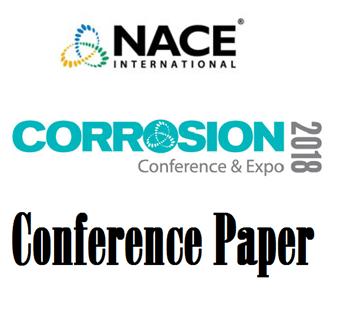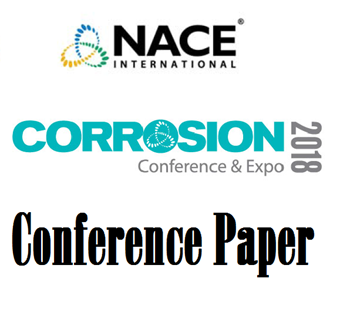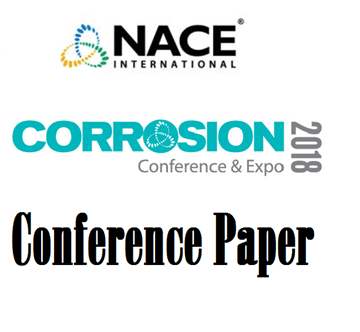Search
51318-11598-Epoxy coated galvanized rebars as an alternative for rebars used in concrete structures contaminated with chloride ions
Also Purchased
51318-11584-CATHODIC PREVENTION-PROTECTION OF STEEL IN CRACKED CONCRETE
Product Number:
51318-11584-SG
Publication Date:
2018
$20.00
51318-11614-Electrochemical Noise - Ready for Corrosion Monitoring in Lab and Field
Product Number:
51318-11614-SG
Publication Date:
2018
$20.00
51318-11618-The use of a Novel Rotating Cage with Electrochemical measurements to evaluate corrosion inhibitor performance in CO2 environments
Product Number:
51318-11618-SG
Publication Date:
2018
$20.00




